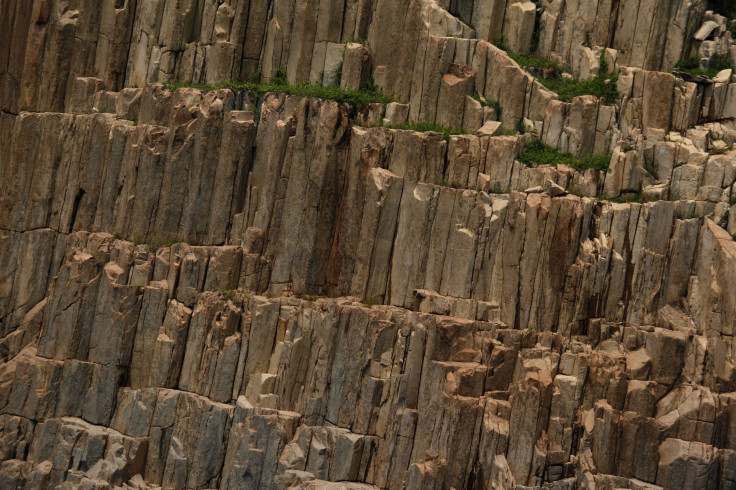World's Oldest Rock Found In Australia Shows Life Flourished On Earth 3.2 Billion Years Ago

A new study by the University of Washington of the world's oldest rock that was found in Australia has showed that life flourished on Earth 3.2 billion years ago. The study looked into the oldest rocks of Earth and evidence pointed that life was pulling nitrogen out of the atmosphere 3.2 billion years ago which could support communities that were larger. The study was published in Nature, an interdisciplinary journal about science.
Earlier, it was believed that the ability of using nitrogen for supporting life appeared about 2 billion years ago. But the new study suggests that atmospheric nitrogen was supporting life for a longer period of time.
The study team looked into 52 rock samples which had a range in age from about 2.75 billion to 3.2 billion years old. The rocks were collected from northwestern Australia as well as South Africa. A few of them were the best-preserved and the oldest rocks on Earth.
About 2.3 to 2.4 billion years ago, before the atmosphere obtained oxygen, the rocks were formed from sediment that was deposited on the continental margins because of which it has chemical clues which the modern rocks don't have. The oldest samples which were 3.2 billion years old had chemical evidence that nitrogen was pulled out of air by life.
Roger Buick, a professor of the department of Earth and space sciences at the University of Washington, said that people had the idea that ancient biosphere clung on to the planet and that it wasn't until the arrival of nitrogen fixation that the biosphere became diverse. He explained that the work of the scientists showed that early Earth did not face any nitrogen crisis and could have supported a diverse and large biosphere.
The authors of the study have said that there might be more evidence that early life might have existed on land in single-celled layers. They suggested that early life could have exhaled small quantities of oxygen.
Professor Buick said that they would not find direct evidence of land scum which was one cell thick but this could be giving them indirect evidence of the land being inhabited. He explained that the microbes might have crawled out of the ocean, even before 3.2 billion years ago, and might have lived in a layer on the rocks.
The lead author of the study and a doctoral student from the University of Washington, Eva Stüeken, said that imagining that the complicated process was so old and had been operating in the same way for billions of years was fascinating. She explained that it suggested that complicated enzymes formed early, making it easy for it to evolve.
To report problems or to leave feedback about this article, e-mail: afza.kandrikar@gmail.com.





















